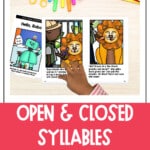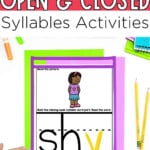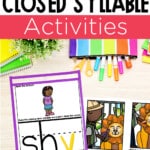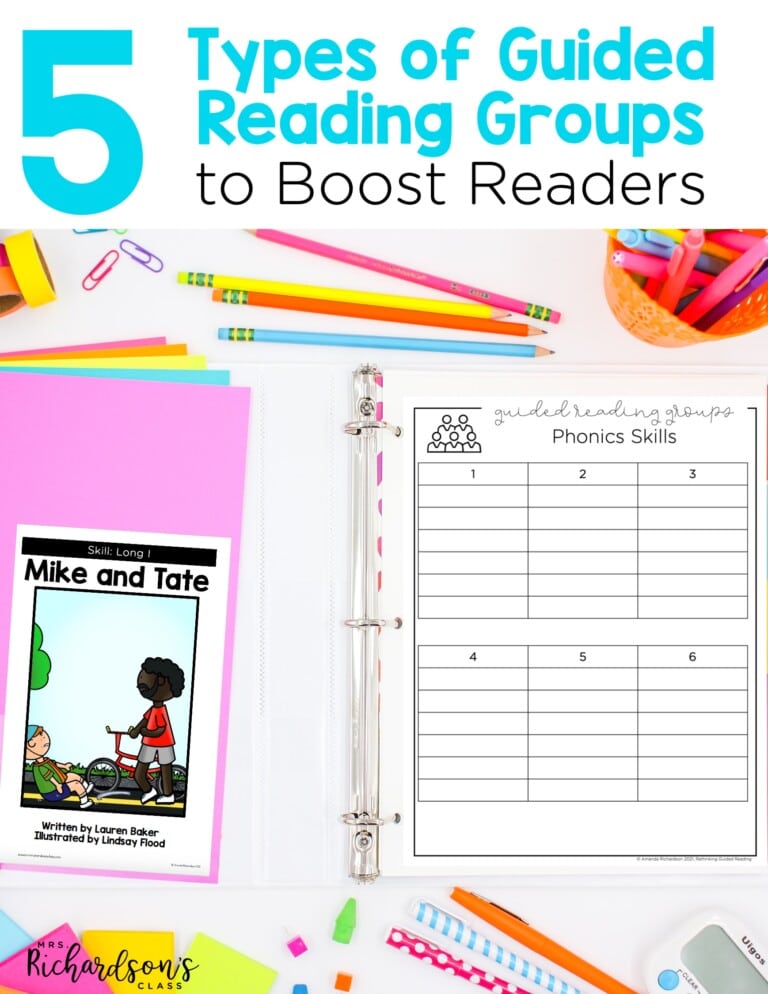

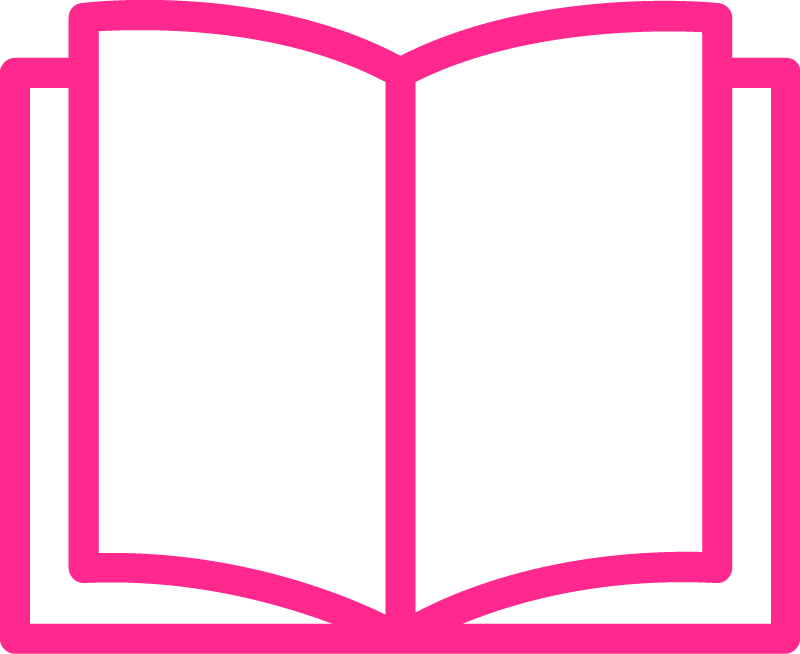
Recently, my friend’s daughter was reading on the couch as she was prepping dinner in the kitchen. She came and asked, “Mommy, what does the word “cat er” mean?” I didn’t understand what she was asking so I asked her to repeat the word. She said, “cat er”. “In my book it says, “My mom decided to cat er dinner for the party.” “Oh!” I said. “You mean cater. To cater a party means to get food and drink from somewhere.” This scenario got me thinking about open and closed syllable words and kids can sometimes struggle to read words with an open syllable, especially when they are multisyllable words. Let’s chat about open and closed syllables today on the blog.
In order to know what a closed or open syllable is, we have to know what a syllable is. A syllable is a unit of pronunciation with one vowel sound in it. Every syllable is pronounced with one sound of your voice. Words can be one syllable (cat) or have more than one syllable (meter, robot, alligator).
It is also important for students to know that there are six types of syllables. I wrote a blog post on the six syllable types and how to teach students what a syllable is. You can find that post HERE.
A closed syllable has a vowel followed by a consonant. There can be one or two consonants (i.e. a blend or digraph) after the vowel. In these syllables, the vowel makes a short sound. Some examples include cat, with, back, and pin.
An open syllable ends with a vowel. The vowel makes the long sound in these syllables. Open syllables can be single syllable words or multisyllabic words. Examples include he, human, so, and basic.
Looking for some teaching posters to help teach open and closed syllables? Join my email list and get a set FREE!
We want our students to be efficient and successful at decoding words when they read. Teaching them that words are made up of syllables and the six syllable types helps them to decode with ease. They will know what sound the vowel(s) will make in the word and be able to decode it more easily.
As students progress in their reading, they will encounter more and more multisyllabic words. Knowing that words can have many syllables and being able to break words into syllables is so important. If they can break words into syllables, they can identify what type of syllable is in the word and decode it.
Begin with explicit instruction. You never want to assume students just “get it” through exposure. You need to directly tell them what they are and what they are not.
Next, show them lots of examples. Here are some ideas:
Once you have spent time identifying words with open and closed syllables, it’s time for your students to have ample opportunities to practice reading them. One way to do this is with literacy center activities.
You can find this activity and more inside this set of open syllable science of reading literacy centers.
Another way to do this is with decodable readers.
A quality decodable reader will focus on the syllable type your students need and follow a progression. The progression will allow for students to practice reading words that they have already been explicitly taught how to decode.
Not sure where to start with decodable readers? I have a set of open and closed syllable decodable readers HERE. They come with a lesson plan, word work, scripted lesson plans, parent communication note, and comprehension questions.
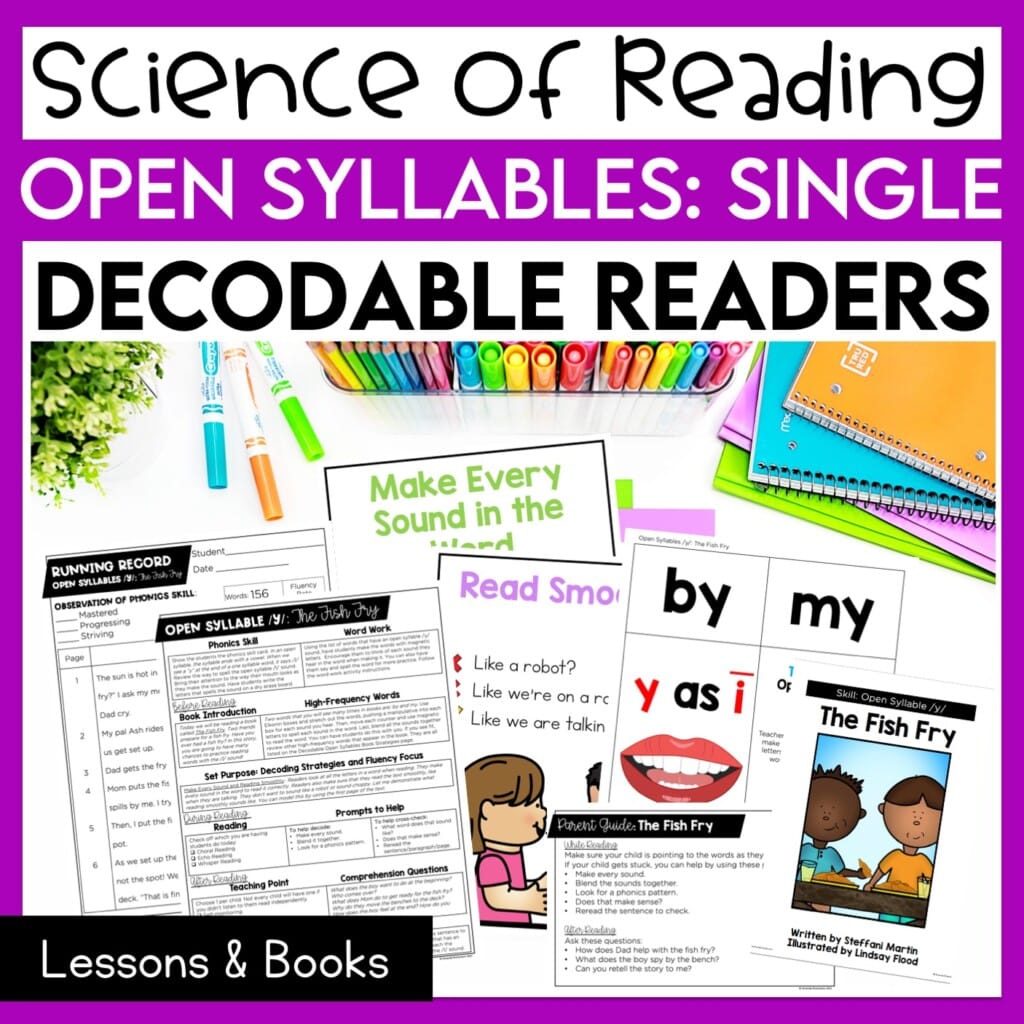
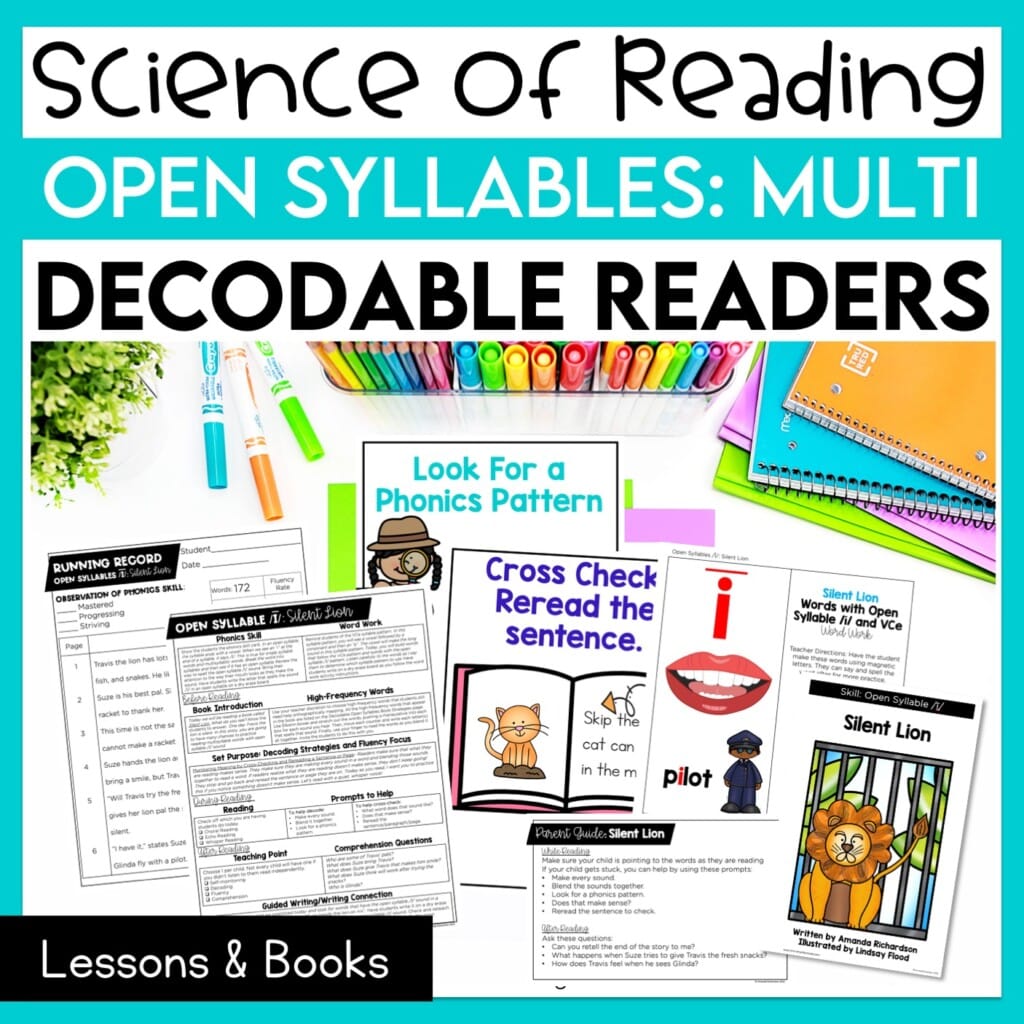
Teaching open and closed syllables is so important for our readers. We want them to be efficient and effective decoders.
Do you have any fun ways you teach open and closed syllables? I’d love to hear about them in the comments.
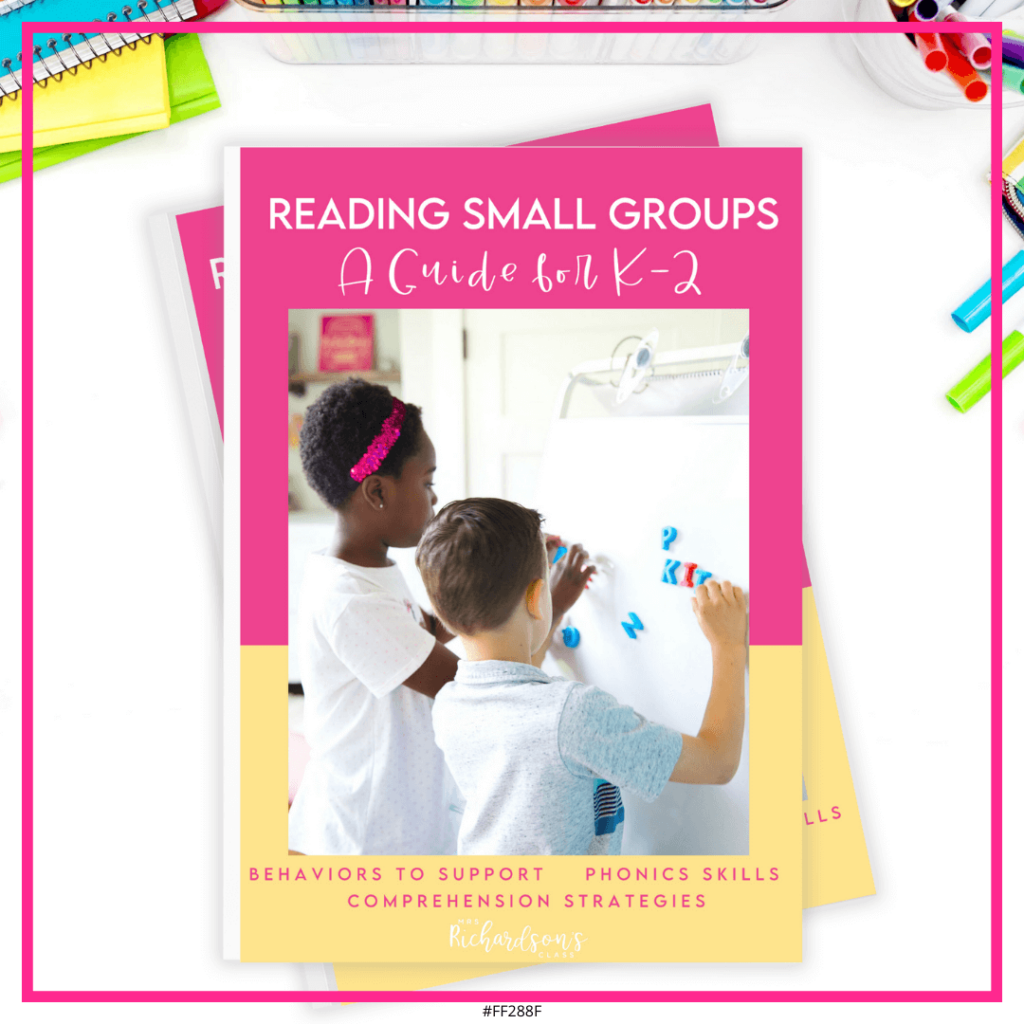
Want to use the latest research to boost your readers during small groups? This FREE guide is packed with engaging ideas to help them grow!
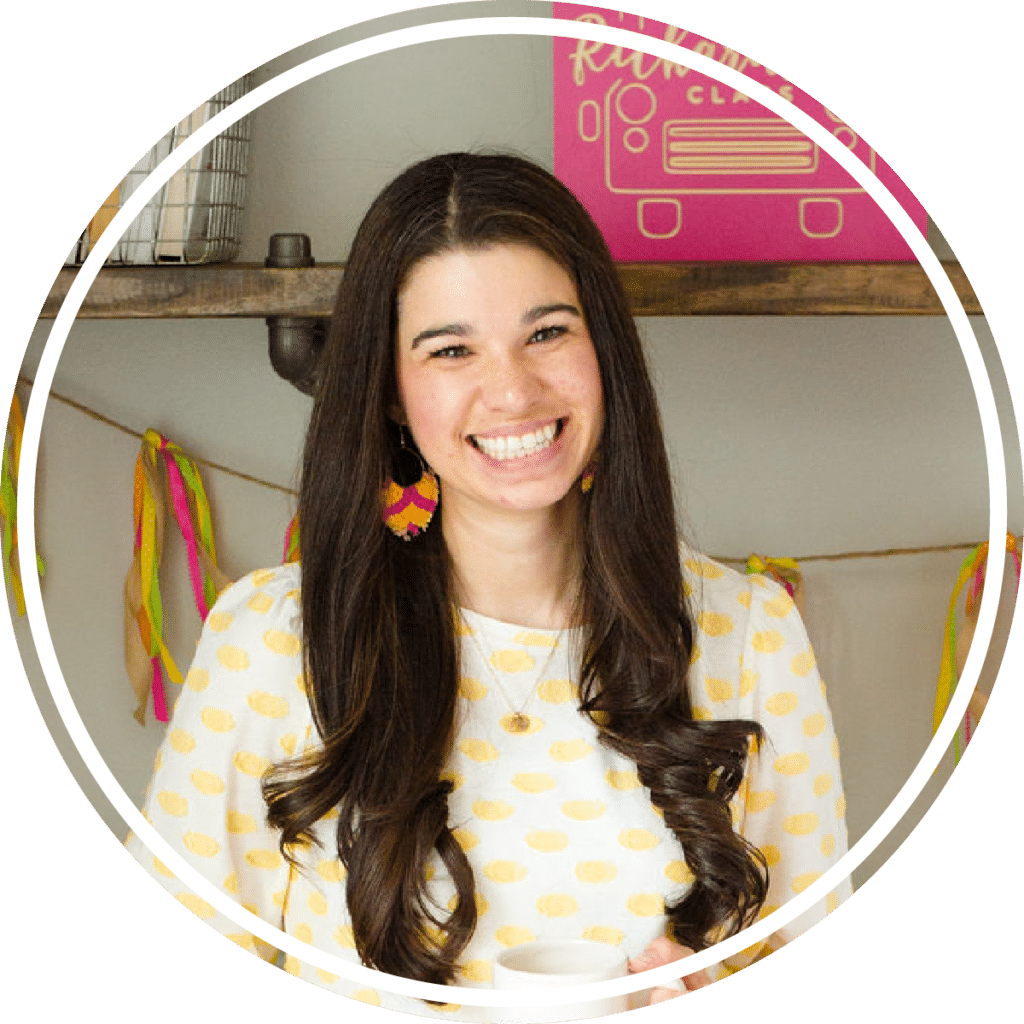
I’m a K-1 teacher who is passionate about making lessons your students love and that are easy to implement for teachers. Helping teachers like you navigate their way through their literacy block brings me great joy. I am a lifelong learner who loves staying on top of current literacy learning and practices. Here, you’ll find the tools you need to move your K-2 students forward!
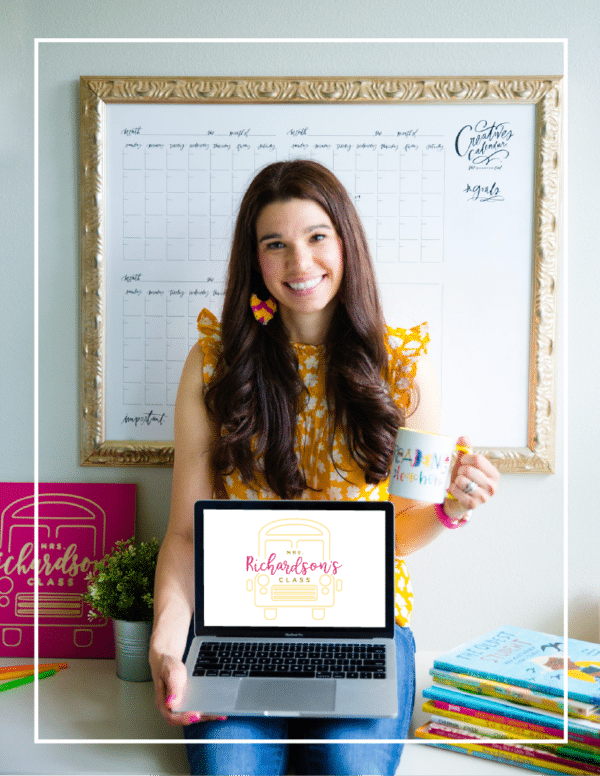
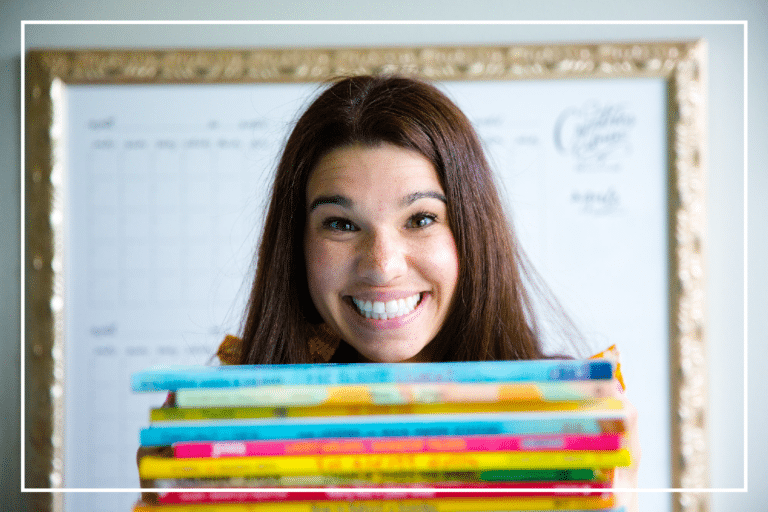
| Cookie | Duration | Description |
|---|---|---|
| cookielawinfo-checkbox-analytics | 11 months | This cookie is set by GDPR Cookie Consent plugin. The cookie is used to store the user consent for the cookies in the category "Analytics". |
| cookielawinfo-checkbox-functional | 11 months | The cookie is set by GDPR cookie consent to record the user consent for the cookies in the category "Functional". |
| cookielawinfo-checkbox-necessary | 11 months | This cookie is set by GDPR Cookie Consent plugin. The cookies is used to store the user consent for the cookies in the category "Necessary". |
| cookielawinfo-checkbox-others | 11 months | This cookie is set by GDPR Cookie Consent plugin. The cookie is used to store the user consent for the cookies in the category "Other. |
| cookielawinfo-checkbox-performance | 11 months | This cookie is set by GDPR Cookie Consent plugin. The cookie is used to store the user consent for the cookies in the category "Performance". |
| viewed_cookie_policy | 11 months | The cookie is set by the GDPR Cookie Consent plugin and is used to store whether or not user has consented to the use of cookies. It does not store any personal data. |
